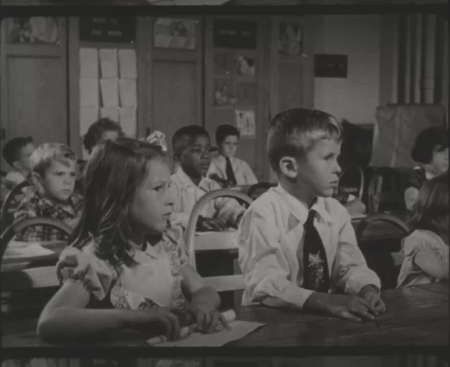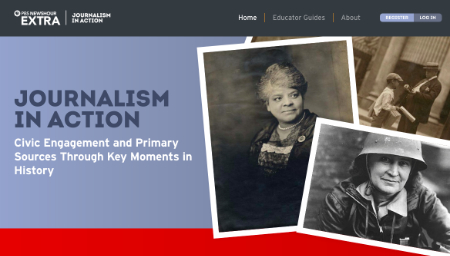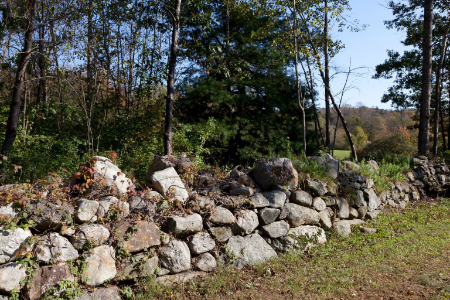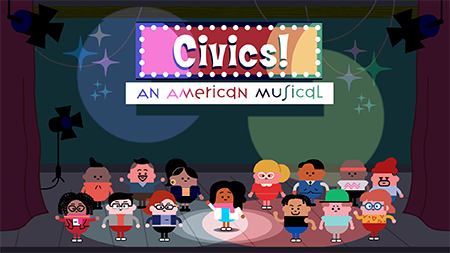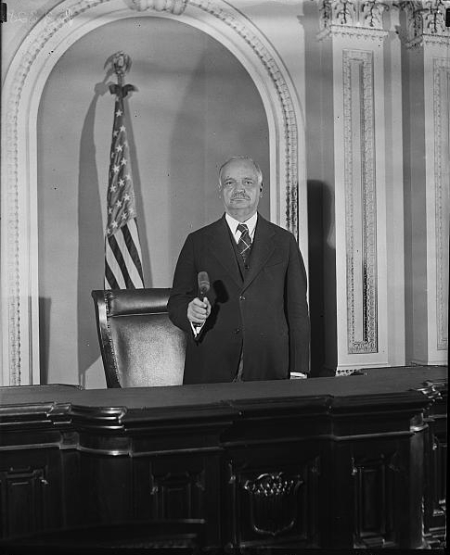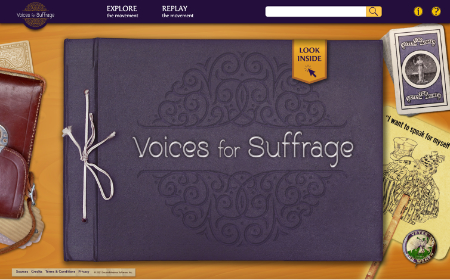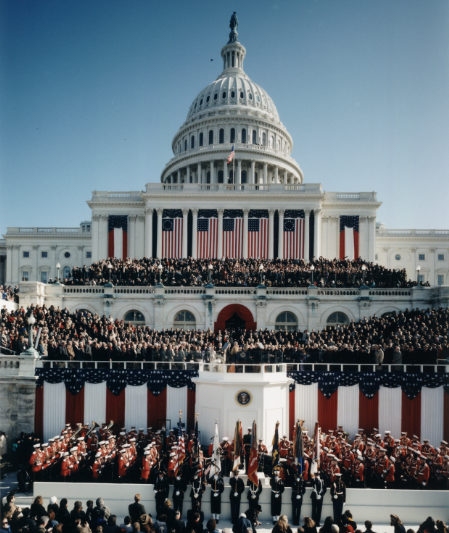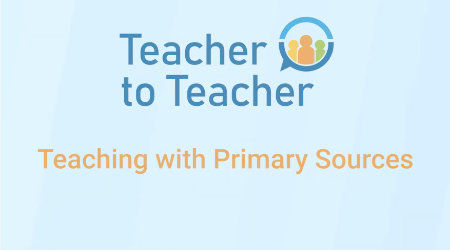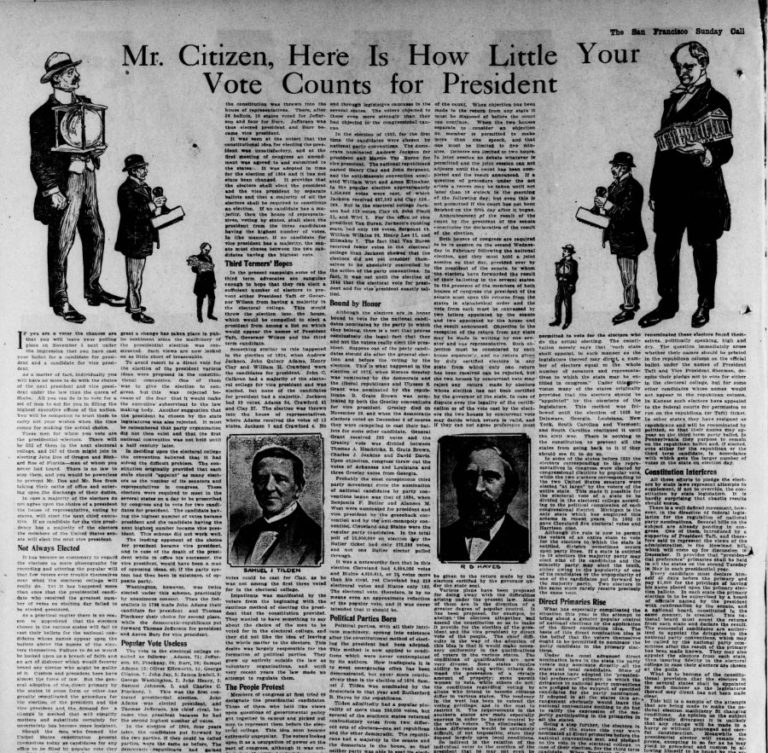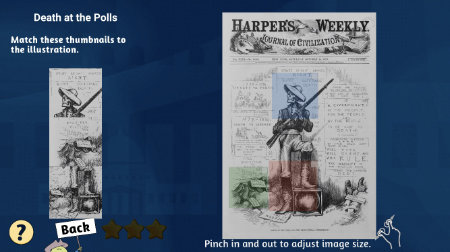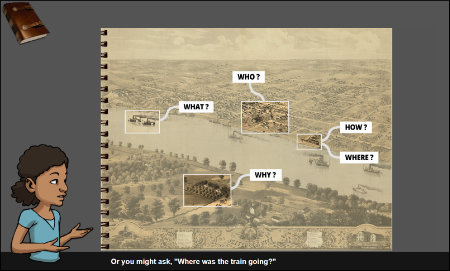Primary Source Learning: Film & Video
Analyzing Primary Sources: Learning from Video Recordings Teaching with the Library blog posts Adding Sound to the Silence: Students Build on Silent Films March 16, 2023 All-American News: Newsreels for African American Audiences February 7, 2019 Explore Library of Congress Professional Development Videos April 11, 2017 Exploring America’s Cinematic Heritage through the National Film Registry…

